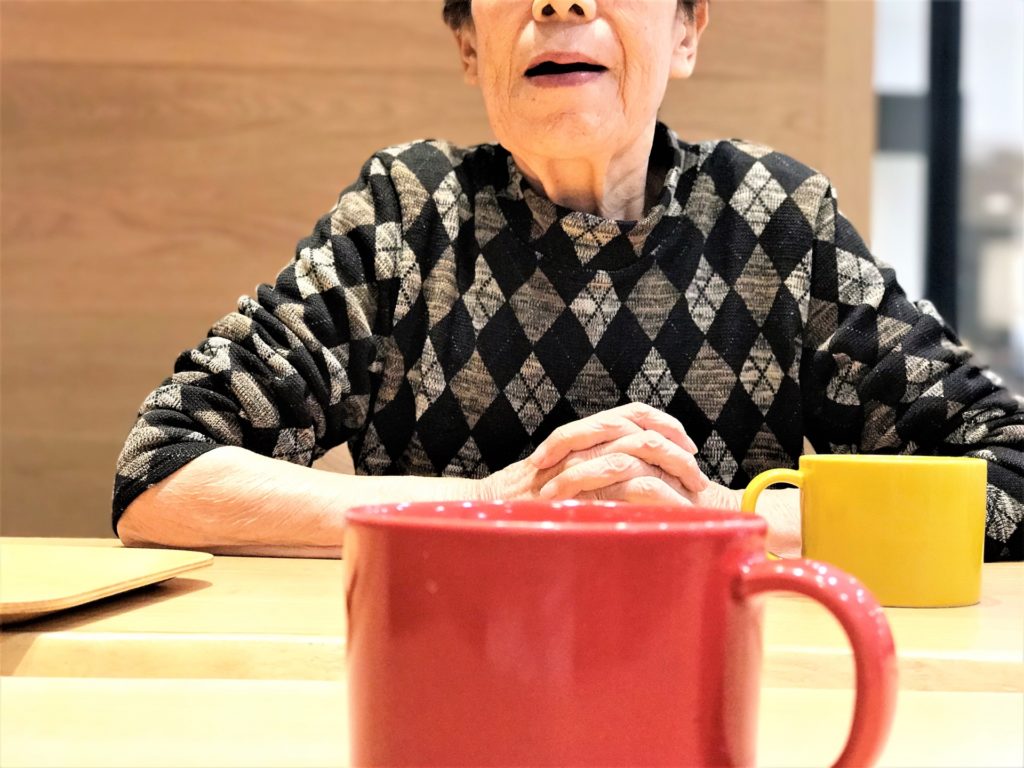Japanese Habits – Static or Changing?
Japanese culture draws many international travelers. Travel guides emphasize Japanese cuisine, while Japan’s four seasons provide unique experiences. Although traditional customs are often highlighted, two emerging factors are influencing modern Japanese habits.
Japanese Habits – Static or Changing? Read More »









